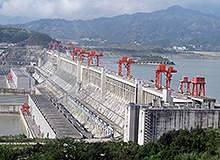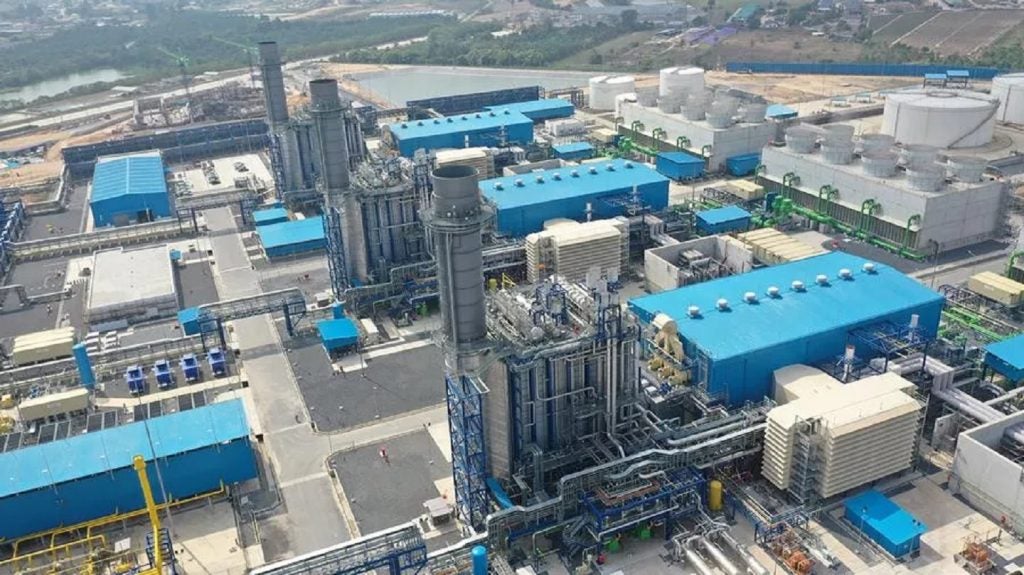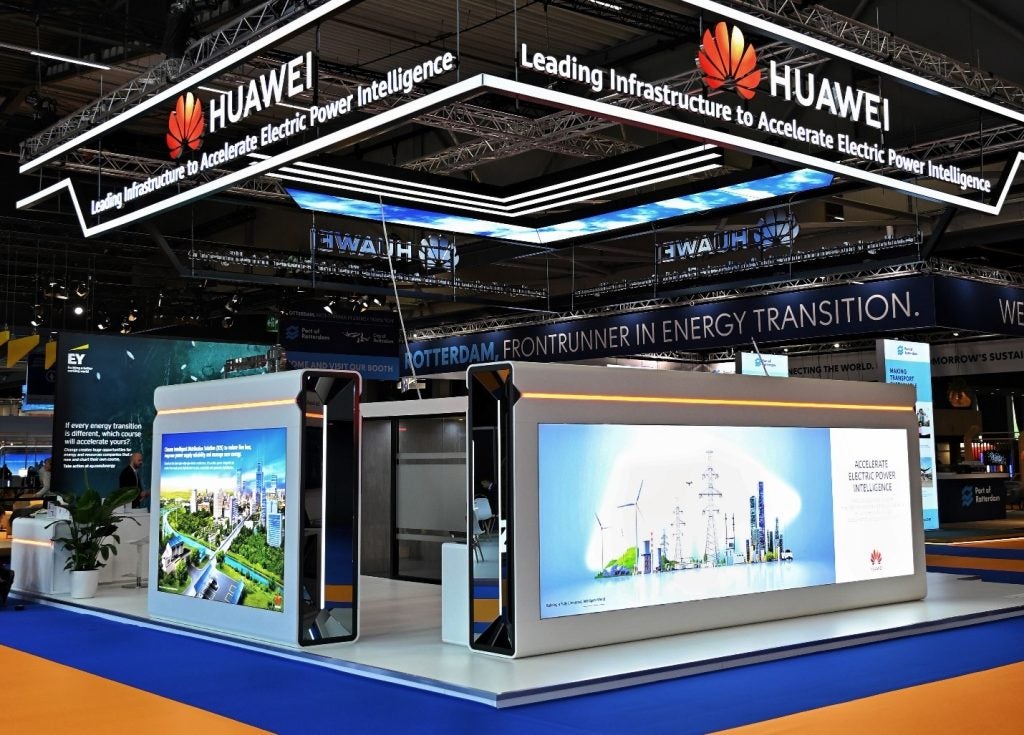
Hydropower
Hydropower is the most widely-used renewable power source, with the global hydroelectric installed capacity exceeding 1,295GW, accounting for more than 18% of the world’s total installed power generation capacity and more than 54% of the global renewable power generation capacity.
The most common method of hydropower generation involves construction of dams on rivers and releasing water from the reservoir to drive turbines. Pumped-storage type plants represent another method of hydroelectricity generation.
China has the biggest hydroelectric generation capacity in the world and hosts the world’s largest hydropower plant, the Three Gorges (22.5GW). The nation accounted for approximately 40% of the total hydroelectric capacity added in the world in 2018. Brazil, the US, Canada, and Russia also have some of the biggest hydropower installations in the world.
“China has the biggest hydroelectric generation capacity in the world.”
Hydropower projects have, however, become controversial during recent years due to the environmental and social impacts related to bio-diversity and human resettlement.
How well do you really know your competitors?
Access the most comprehensive Company Profiles on the market, powered by GlobalData. Save hours of research. Gain competitive edge.

Thank you!
Your download email will arrive shortly
Not ready to buy yet? Download a free sample
We are confident about the unique quality of our Company Profiles. However, we want you to make the most beneficial decision for your business, so we offer a free sample that you can download by submitting the below form
By GlobalDataWind energy
Wind is the second most widely used renewable energy source, as global installed wind power capacity exceeded 563GW in 2018, accounting for approximately 24% of the world’s total renewable energy generation capacity.
China, with an installed capacity of more than 184GW, is the biggest wind energy generator in the world, followed by the US (94GW by the end of 2018). More than half of the 49GW wind power capacity added worldwide in 2018 was in China (20GW) and the US (7GW).
Germany, Spain, India, the UK, Italy, France, Brazil, Canada, and Portugal are the other major wind power-producing countries, which together with China and the US, account for more than 85% of total wind power-producing capacity in the world.
The 8GW Jiuquan Wind Power Base in China currently ranks as the biggest onshore wind farm in the world, while the 659MW Walney Extension Offshore Wind Farm located in the Irish Sea, UK, is the biggest offshore wind farm.
Solar power
More than 486GW of installed capacity makes solar the third biggest renewable power source in the world, with photovoltaic (PV) technology being dominant. The use of concentrating solar power (CSP) technology is also on the rise, with global CSP installed capacity reaching 5.5GW by the end of 2018. China, US, Germany, Japan, Italy, and India possess the biggest solar PV capacity in the world, while Spain has 42% of the global CSP capacity.
The annual growth rate of cumulative solar energy capacity has averaged 25% during the last five years, which makes solar the fastest growing renewable power source.
“Spain is home to more than 75% of the global CSP capacity.”
Asia accounted for approximately 70% of the total 94GW of global solar power expansion in 2018, while the US, Australia and Germany added 8.4GW, 3.8GW, and 3.6GW in new solar power projects during the year.
The 1.17GW Noor Abu Dhabi solar project in the United Arab Emirates (UAE) is currently the biggest single-site solar power plant in the world.
Bio-power
Bio-power is the fourth biggest renewable power source after hydro, wind and solar. The world’s net electricity production capacity from bio-mass currently exceeds 117GW, while global bio-power generation increased from 317TWh in 2010 to more than 495TWh in 2018.
Modern biomass, especially biofuels and wood pellets, are increasingly being used for heat and power generation, alongside traditional biomass sources such as agricultural by-products.
The US, Brazil, China, India, Germany, and Sweden are currently the leading bio-power generators in the world. China, India, and the UK accounted for more than half of the world’s total bioenergy capacity expansion in 2018.
The 740MW Ironbridge power plant located in Severn Gorge, UK, is the world’s biggest biomass fuelled power plant, while the 140MW Vaskiluodon Voima plant in Finland is the biggest biogas plant in the world.
Geothermal power
Global geothermal power generation capacity exceeded 13.2GW in 2018 making it the fifth-biggest renewable source for electricity generation. Geothermal electricity generation exceeded 85TWh in 2018.
One-third of the green energy generated using geothermal sources is electricity, while the remaining two-third is direct heat. The US, Philippines, Indonesia, Mexico, and Italy are the top five geothermal power producers in the world.
The global geothermal capacity increased by 539MW in 2018, out of which Turkey’s share was approximately 40%.
“The global annual geothermal electricity generation exceeded 85TWh in 2018.”
The Geysers Geothermal Complex, located north of San Francisco in California, US, with 900MW of active production capacity, is the world’s biggest geothermal power plant, followed by the 820MW Cerro Prieto geothermal power station in Mexico.
Related Articles:
What are the longest transmission lines in the world?








